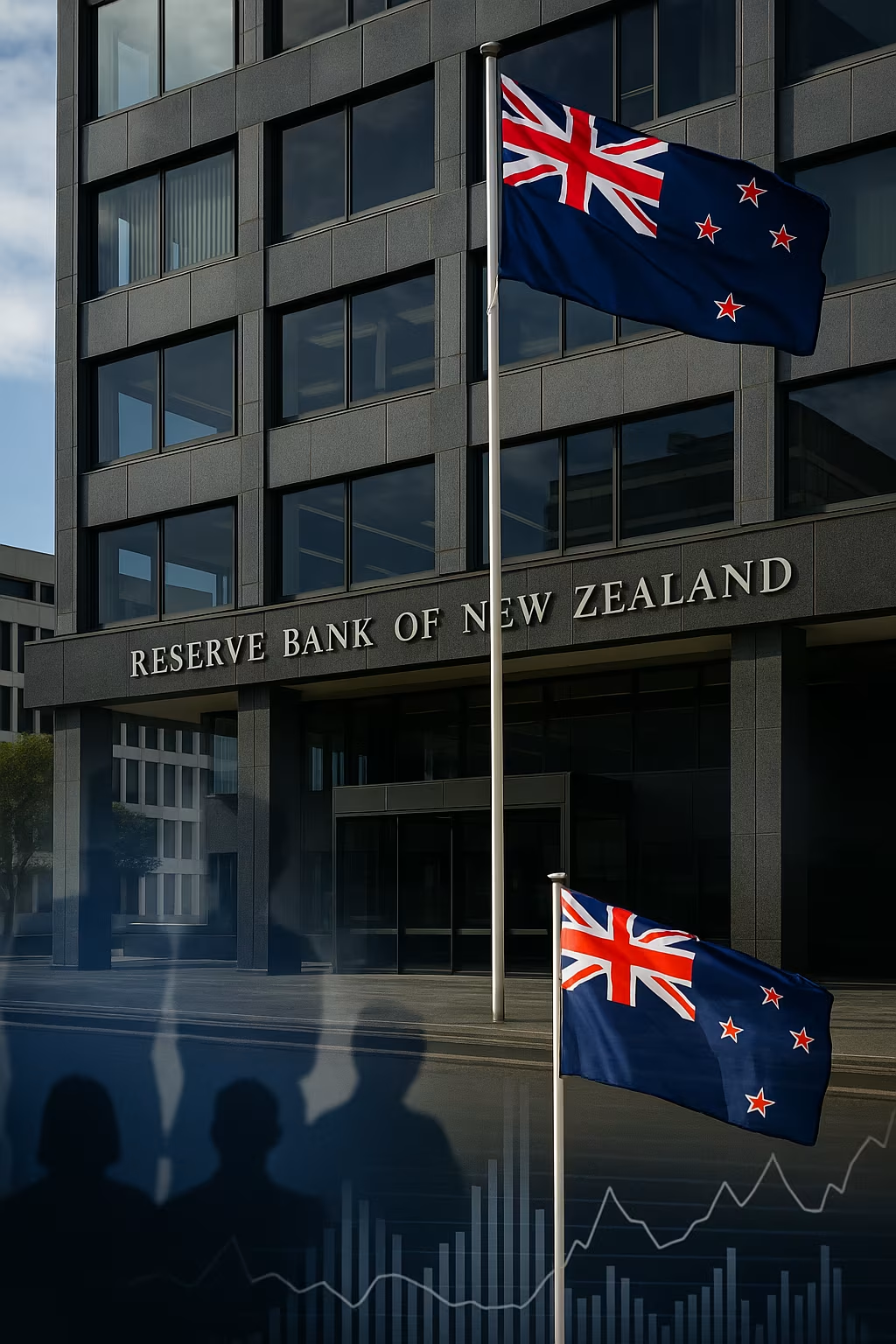The Central Bank of the Republic of Türkiye (CBRT) has reiterated that its recent interest-rate reductions are not part of an automatic or predetermined easing cycle. Instead, policymakers stress that future moves will depend entirely on economic data, inflation trends, and broader financial stability indicators.
The Economic Backdrop
Turkey is emerging from a challenging economic period characterized by elevated inflation, high borrowing costs, and fluctuating investor confidence. Inflation, which had surged to historically high levels in recent years, has shown signs of easing. This improvement has opened the door for the central bank to cautiously reduce its benchmark rate after an extended period of tight monetary policy.
In recent months, the CBRT lowered its policy rate from 50% to 45% through consecutive cuts. These moves were taken after eight months of holding rates at historically high levels to curb inflationary pressures. While the rate reductions signal a shift in stance, central bank officials have made it clear that they will not sacrifice their overarching goal of maintaining price stability.
“Not on Autopilot”: The Policy Message
Central bank leadership has emphasized that monetary policy decisions will remain flexible, responsive, and firmly anchored in current economic realities. The phrase “not on autopilot” reflects their rejection of a mechanical, pre-scheduled path for rate cuts. Instead, each decision will be evaluated on a meeting-by-meeting basis.
The bank’s message is clear:
- Data-driven decisions: Interest-rate adjustments will be determined by fresh economic indicators, particularly inflation trends, exchange rate movements, and credit market conditions.
- Maintaining tightness: Even with cuts, the overall monetary stance will remain restrictive enough to support disinflation.
- Flexibility to pause: If inflationary risks re-emerge, the bank is prepared to halt cuts or even tighten policy again.
Updated Inflation Outlook
Alongside its rate decisions, the central bank has revised its annual inflation forecasts. Expectations for year-end inflation have been adjusted upward, reflecting persistent cost pressures from food prices, energy markets, and certain state-regulated services. While inflation is expected to continue declining in the medium term, the bank acknowledges that structural factors and external shocks could slow the pace of disinflation.
For the medium-range outlook, projections indicate a steady path toward single-digit inflation over the next few years. Achieving this will require both consistent monetary discipline and coordinated fiscal measures.
Risks and Challenges Ahead
Several risks continue to influence the central bank’s cautious approach:
- Global Economic Conditions
Shifts in global interest rates, particularly in major economies, could affect capital flows to emerging markets like Turkey. A sudden tightening in global financial conditions could pressure the lira and reignite inflation. - Commodity Price Volatility
Fluctuations in global energy and food prices remain a significant source of uncertainty for Turkey’s inflation path. - Domestic Market Sentiment
Investor confidence is crucial. Unanticipated political or economic developments could destabilize markets, requiring swift monetary responses. - Exchange Rate Dynamics
The lira’s performance plays a central role in shaping inflation expectations and import costs. A sudden depreciation could force the bank to adjust its strategy.
Balancing Growth and Stability
The CBRT’s challenge lies in easing monetary conditions enough to stimulate economic activity without undermining hard-won gains in price stability. Lower interest rates can help households and businesses access credit more easily, boosting investment and consumption. However, moving too quickly could trigger a rebound in inflationary pressures.
This balancing act is especially delicate given Turkey’s reliance on imported energy and raw materials, which makes the economy more vulnerable to exchange rate fluctuations and global commodity cycles.
Market Expectations
Financial markets are closely monitoring signals from the CBRT. While some analysts expect further cuts over the course of the year, possibly bringing the policy rate down to around 30% by year-end, the central bank has avoided providing a fixed forward-guidance path. This uncertainty is deliberate, designed to maintain flexibility and avoid locking the bank into commitments that changing conditions could render inappropriate.
Strategic Priorities Moving Forward
The central bank’s policy direction rests on several strategic pillars:
- Price Stability First: Inflation control remains the top priority.
- Gradual Easing: Interest-rate cuts will be incremental and reversible if necessary.
- Credibility Building: Clear communication and policy discipline are essential to strengthening the bank’s credibility with investors and the public.
- Risk Management: Vigilance toward both domestic and global risks will shape the pace of monetary adjustments.
Implications for Businesses and Households
For businesses, a gradual decline in interest rates could mean improved financing conditions, encouraging capital investment and expansion. However, lingering inflation means companies must still plan for elevated input costs, particularly if global commodity prices remain volatile.
Households may find some relief in borrowing costs, potentially boosting consumer spending. Yet, until inflation slows significantly, real purchasing power gains are likely to remain limited.
Turkey’s central bank is signaling a disciplined, cautious approach to monetary easing. By rejecting an “autopilot” strategy, it underscores its readiness to adapt to changing economic realities while keeping inflation in check. This strategy aims to balance the need for economic growth with the imperative of restoring and maintaining long-term price stability. The coming months will test the bank’s resolve as it navigates global uncertainties, domestic pressures, and the complex path toward sustainable disinflation.





